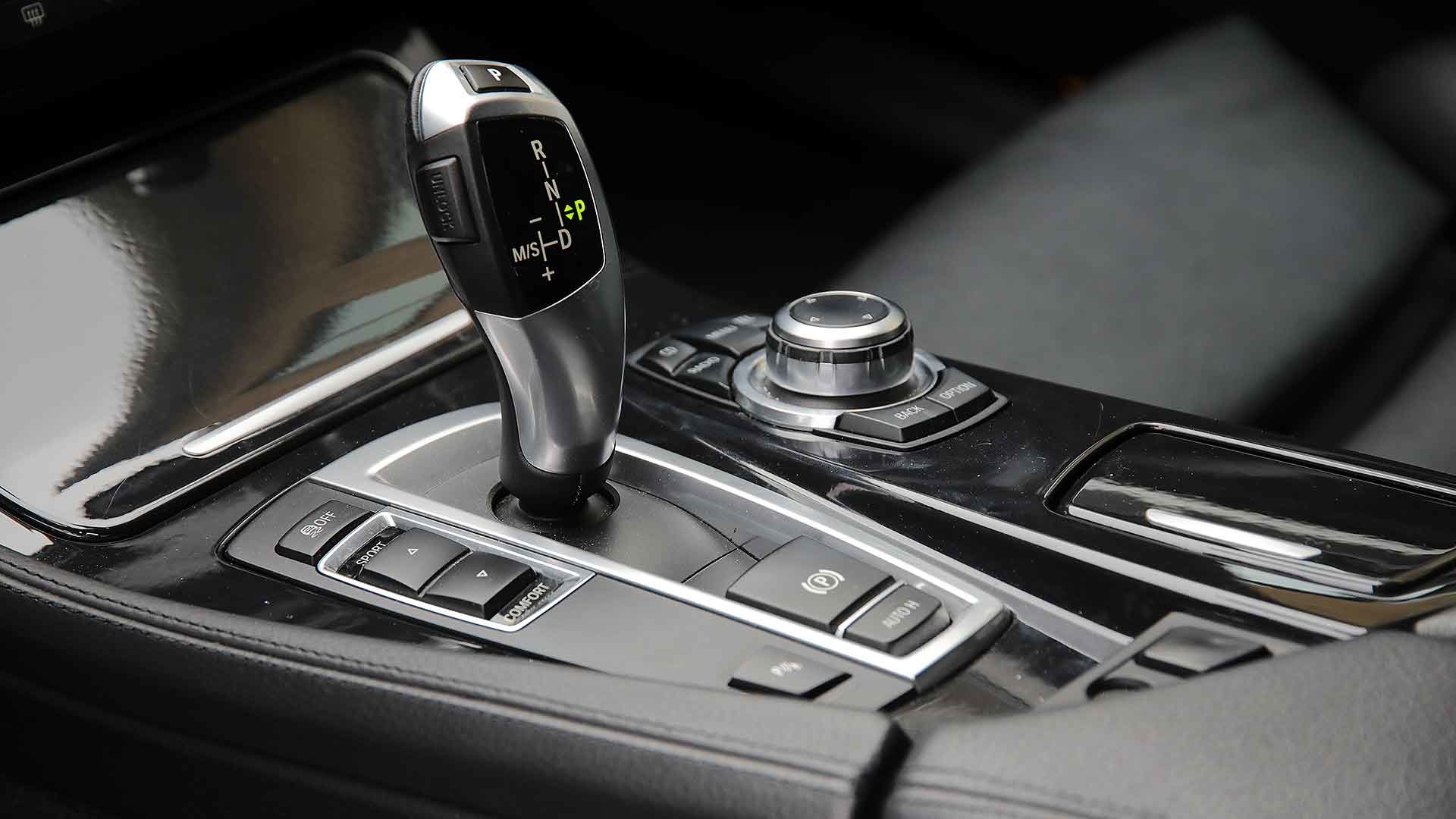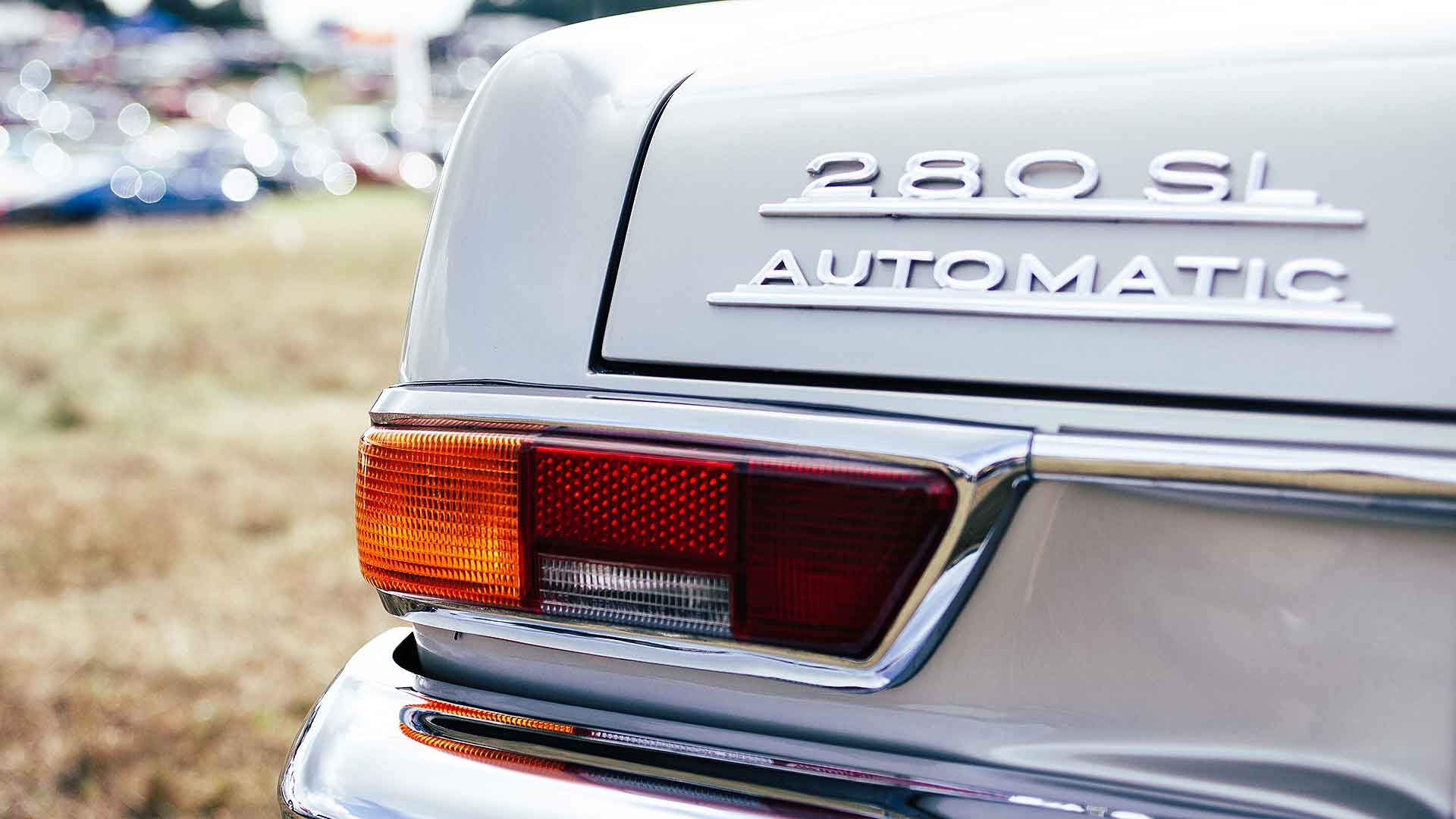
Automatic cars outsold motors with a manual gearbox for the first time in Britain in 2020 – and the trend towards two-pedal self-shifters is accelerating.
Latest data from the Society of Motor Manufacturrs and Traders shows that more than 55 percent of new cars registered in 2020 featured an automatic gearbox.
This is up from just under half in 2019 – and less than one in four as recently as a decade ago.
At the turn of the millennium, fewer than 15 percent of new cars featured an automatic gearbox. Numbers rose slowly throughout the decade, but really started to accelerate from 2012.
Data analyst Glass’s says improvements in automatic gearbox technology is helping drive the uptake, aided by features such as steering wheel paddleshifters and other novelties.
What’s more, as new car prices have risen, so the relative cost of an automatic gearbox has reduced in percentage terms. Often, automatics also have a residual value benefit, which helps lower the cost difference further for those buying on a PCP finance plan.
The retained value premium enjoyed by automatics has actually grown in recent years, from two percent to four percent over a manual alternative.
Hybrid and electric cars fuel the trend

Improving technology has reduced CO2 emissions from automatic gearboxes. Sometimes, they actually produce less CO2 than their manual counterparts, bringing Benefit-in-Kind tax savings for company car drivers.
What’s more, hybrids, plug-in hybrids and battery electric vehicles are only available with automatic gearboxes – which is why the trend towards autos will only continue to grow.
“More choice, improved technology, increasing penetration of alternative fuel vehicles and increasing traffic congestion makes choosing an automatic more compelling than ever,” said Glass’s cars editor Rob Donaldson.
They’re likely to remain a safe investment too, he added.
“Taking account of limited used supply, the Glass’s team believes automatic values will continue to remain strong.”
ALSO READ:
New Vauxhall Mokka-e 2021 review